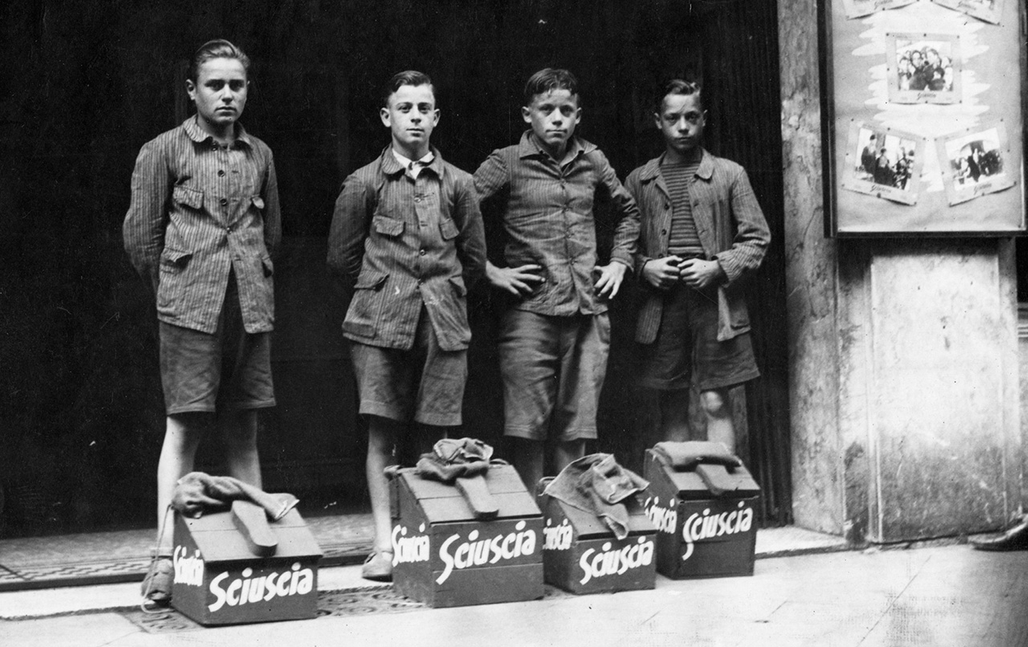
Sciuscià (Shoeshine): post-war neorealist desolation

The tragedy of a wretched childhood and social exclusion. In the 1950s, Vittorio de Sica, an ardent champion of the neorealist movement, was committed to pushing the boundaries of classical Italian cinema. In 1945-1946, an a desolate post-war Italy, where everything had to be reconstructed, he shot Sciuscià (Shoeshine), a tragic story about guilt, portraying the sad destiny of two underprivileged children. The film is presented at Cannes Classics in a restored version.
The Second World War left its mark. Vittorio de Sica, a former actor turned director, no longer had the heart to make the kinds of commedia all'itlaiana that he shot at the beginning of the war. He wanted to portray real life, that of unfathomable misery, and to draw a portrait of Italy's desolation at the time.
As with Luchino Visconti's Obession (Obsessione) (1945) and The Children are Watching Us (I bambini ci guardano), shot in 1942 but released in 1944, the story of the youths Giuseppe and Pasquale, shoeshiners and social outcasts, and their poignant fates, is anchored in real life. De Sica approaches the post-war years with a desire to participate in the moral reconstruction of his country. At the peak of his artistic powers, he directed, alongside the screenwriter Cesare Zavattini, some of his most famous films: Bicycle Thieves (Ladri di biciclette) (1948), Miracle in Milan (Miracolo a Milano) (1952) and Umberto D (1952), austere portraits of post-war Italy.
These four films are part of the neorealist movement: authentic and filmed in natural settings – in Rome following liberation in the case of Sciuscià (Shoeshine) – with characters portrayed by non-professional actors, and where there is nonetheless painstaking detail devoted to the visual aspect.


